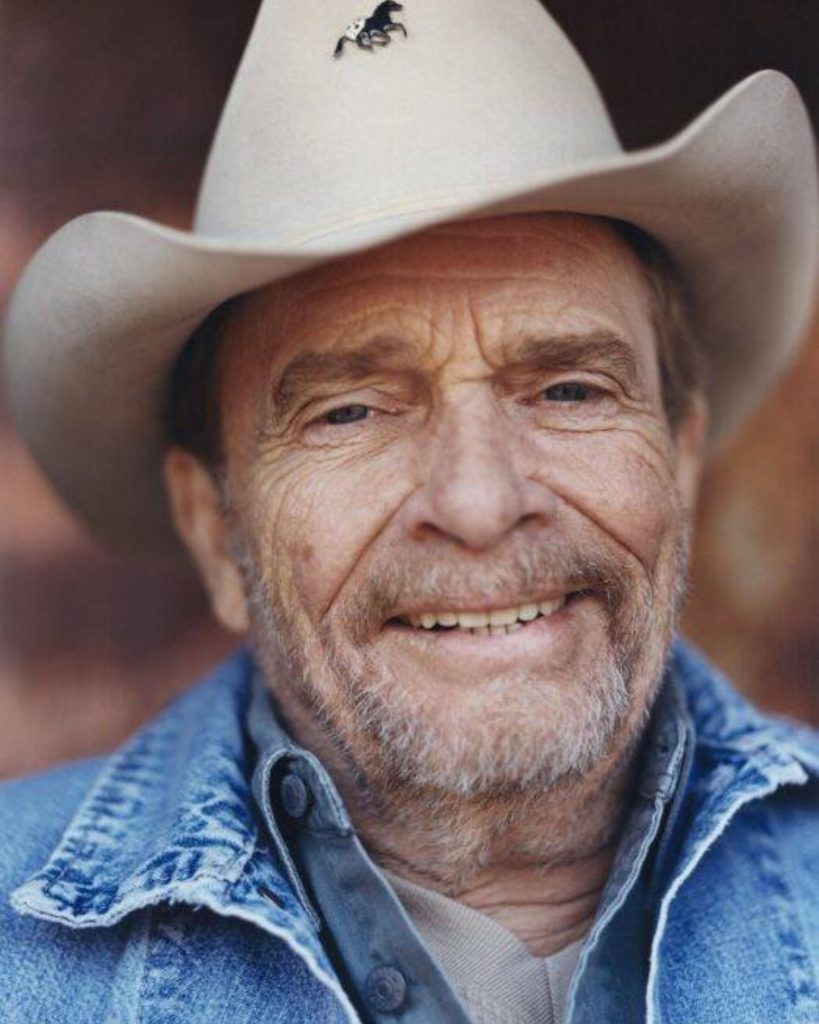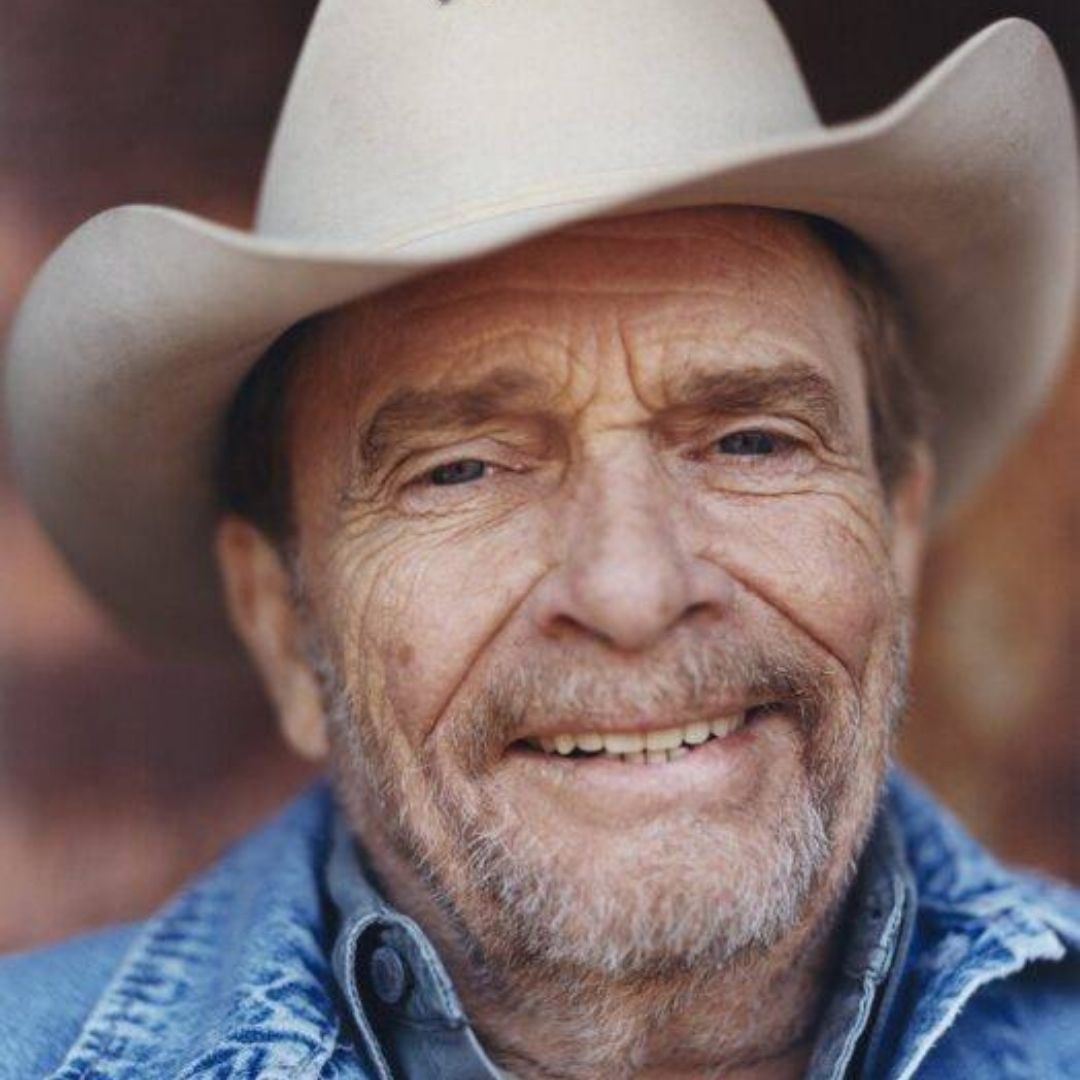
“Honky Tonk Mama” by Merle Haggard is not your average barroom ditty. At first glance, its title might evoke images of swinging saloon doors, clinking glasses, and jukebox neon—but within its verses lies something more textured. Haggard, never one to shy away from the gritty undercurrents of life, gives voice to a character familiar to many in the working-class corners of America. The honky tonk setting isn’t just a place—it’s a lifestyle, a refuge, and in many cases, a kind of last-chance saloon for those trying to make sense of lost love, broken dreams, or the push-and-pull between freedom and responsibility.
What sets this track apart is the natural storytelling embedded in every line. Haggard doesn’t just sing—he speaks to you through melody, crafting narratives that feel both intimate and universally understood. “Honky Tonk Mama” isn’t simply a character study; it’s a vignette from a larger tapestry of American life, painted with the hues of heartbreak, rebellion, and resilience. As always, Haggard’s signature twang delivers both grit and grace, grounding the song in an authenticity that few other artists could match.
Musically, the song is classic Haggard—rich in fiddles, steel guitar licks, and a rhythm section that swaggers just enough to keep your boots tapping. But beyond the instrumentation lies the deeper power of country music: the ability to wrap human complexity in a deceptively simple package. “Honky Tonk Mama” captures a woman navigating her world with strength, pride, and a measure of weariness—an archetype that resonates across generations.
In an age where many modern country songs lean heavily into polish and radio-ready hooks, revisiting tracks like “Honky Tonk Mama” by Merle Haggard is a reminder of the genre’s roots. It’s about storytelling. It’s about people. And it’s about truth—even the kind that lives in the shadows of a neon-lit dance floor.
